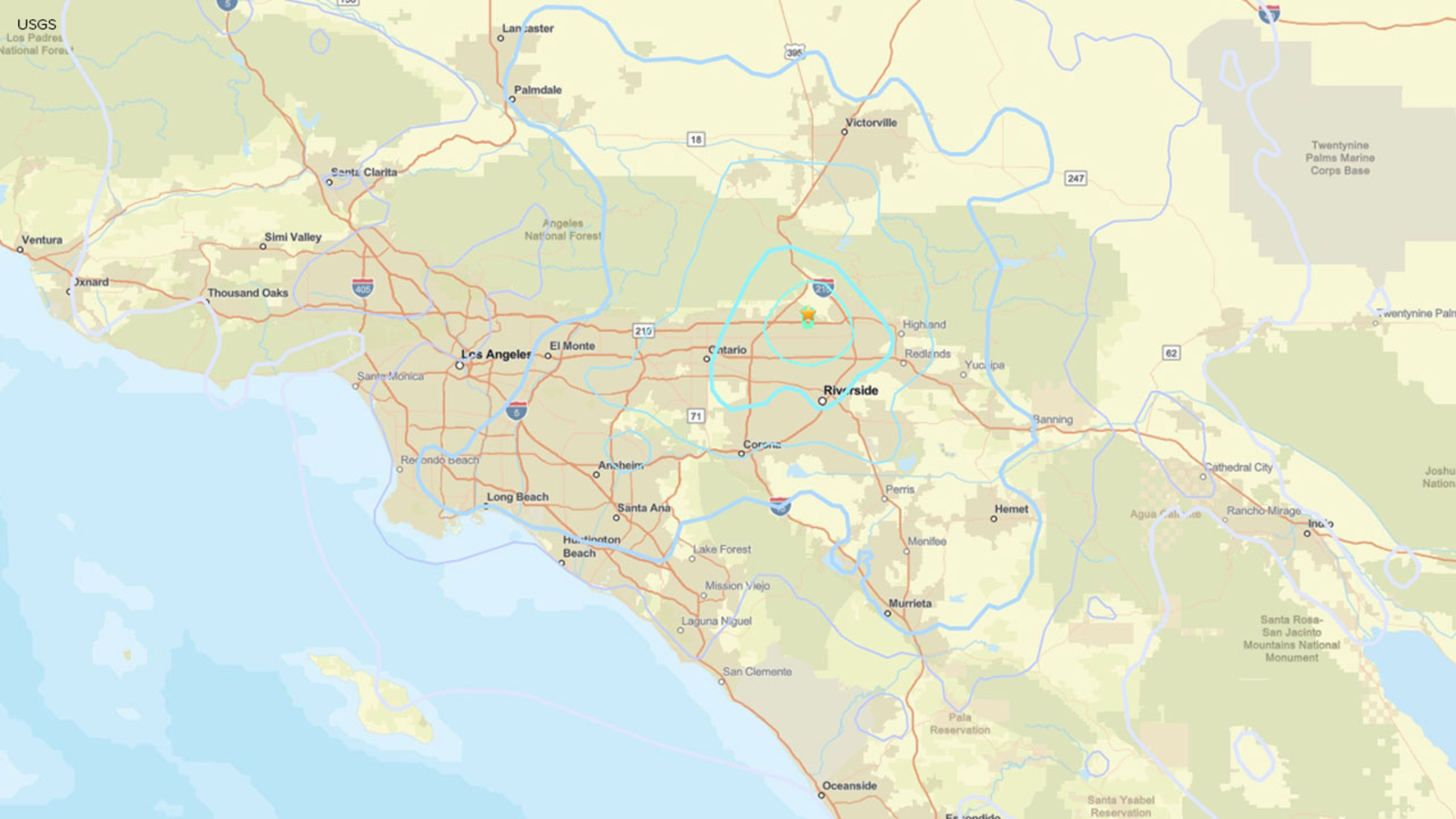What Happened
On July 31, 2025, a 4.3-magnitude earthquake struck the Inland Empire region of Southern California, specifically near the communities of Fontana and Rialto. The earthquake occurred at approximately 9:30 a.m. local time, with the U.S. Geological Survey (USGS) reporting its epicenter in the Muscoy area at a depth of just over three miles. The tremor was felt widely across Southern California, with reports of shaking coming from areas as far away as Redondo Beach, indicating the quake’s significant reach.
In addition to the main quake, a series of smaller aftershocks followed, including a 3.1-magnitude tremor occurring just minutes later. Earlier in the morning, two additional smaller quakes were recorded in the Rialto area, measuring 3.0 and 2.8 in magnitude. Fortunately, there were no immediate reports of damage or injuries associated with the earthquakes.
Key Details
- Magnitude: The primary earthquake registered at 4.3 on the Richter scale.
- Location: The epicenter was near Muscoy, California, close to Fontana and Rialto.
- Time: The earthquake struck at approximately 9:30 a.m. PDT.
- Depth: The quake occurred at a depth of about three miles.
- Aftershocks: A 3.1-magnitude aftershock was reported shortly after the main quake, along with two smaller quakes (3.0 and 2.8) earlier in the morning.
- Affected Areas: Shaking was felt across a broad region, including Riverside, Los Angeles, Santa Monica, Torrance, Long Beach, and Pasadena.
- Seismic Activity: The area has a history of seismic activity, with around 130 earthquakes of magnitude 3.0 or greater recorded since 1990, including eight quakes of magnitude 4.0 or higher.
Multiple Perspectives
Seismologists, such as Dr. Gabrielle Tepp from Caltech, noted that the region is seismically active, particularly due to its proximity to significant fault lines, including the San Jacinto and San Andreas faults. Dr. Tepp emphasized that the occurrence of earthquakes in this area is not unusual, as it has experienced similar seismic events in the past.
Residents reported varied experiences of the quake, with some describing it as a sudden jolt while others noted a rolling sensation. For example, individuals in high-rise buildings, such as those in Garden Grove and Irvine, reported feeling the tremors distinctly, highlighting the earthquake’s impact on different structures.
While there were no immediate reports of damage or injuries, the event has prompted discussions about earthquake preparedness among residents. ABC7 Los Angeles provided resources for creating emergency kits, reflecting a proactive approach to potential future seismic events.
Context & Background
Southern California is known for its seismic activity due to the presence of multiple fault lines. The San Andreas Fault, one of the most famous fault lines in the world, runs through the region and is responsible for many significant earthquakes in the past. The area where the recent earthquake occurred has seen a series of quakes in recent years, underscoring the ongoing geological activity.
The frequency of seismic events in this region has led to increased public awareness and preparedness initiatives. Local authorities and organizations often encourage residents to have emergency kits and plans in place, especially given the potential for larger, more damaging earthquakes in the future.
What We Don’t Know Yet
As of now, there are no confirmed reports of damage or injuries resulting from the earthquake. However, assessments are ongoing, and it may take time for authorities to fully evaluate the impact on infrastructure and communities. Additionally, while the USGS has provided preliminary data on the earthquake’s magnitude and location, further analysis may reveal more about the seismic activity in the area and whether additional aftershocks are expected.
The psychological impact on residents, particularly those who experienced the tremors for the first time, is also an area that may require attention. Understanding how communities respond to such events can inform future preparedness and response strategies.
In summary, while the immediate effects of the 4.3-magnitude earthquake near Fontana have been relatively mild in terms of damage, the event serves as a reminder of the ongoing seismic risks faced by Southern California and the importance of preparedness in the region.


